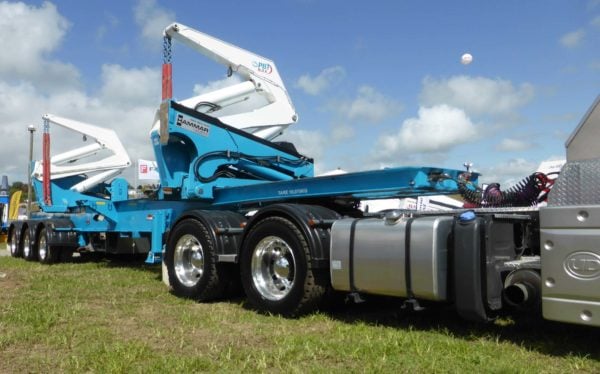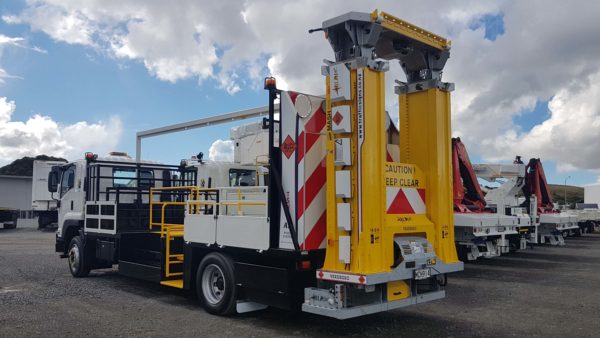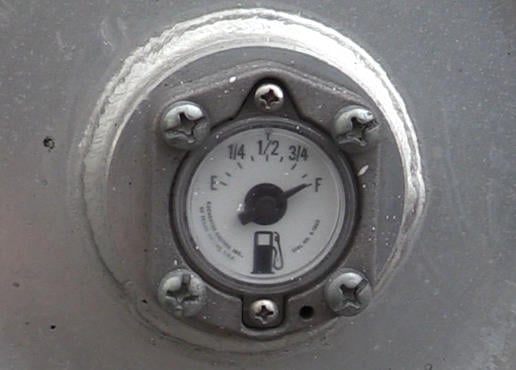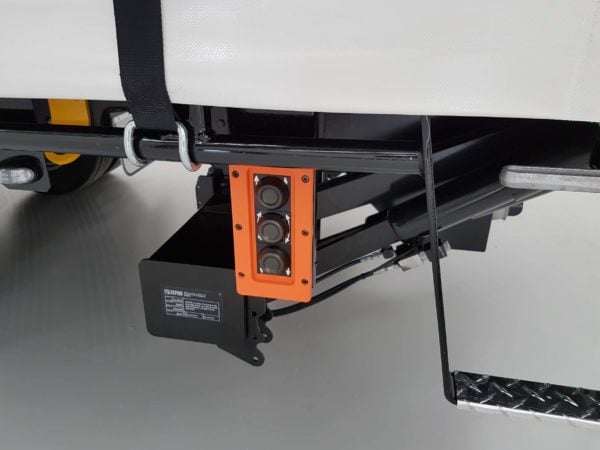Trucks often have attachments or features that need power to operate. For example:
- A truck loader crane has both the crane and a mechanical grabber attachment
- A lines truck has a knuckle boom crane with a bucket for lifting someone to inspect power lines
- A truck that collects your rubbish needs to lift the bins and then compact it
- A car transporter needs to raise and lower the top deck
- A sideloader needs to lift a container onto the skeletal trailer
- A dump truck has a trailer that tips in order to spread aggregate.

The way the power is diverted to these attachments and features is through power take-off or PTO. It is used when battery power isn’t sufficient. PTO most commonly drives hydraulics. PTO has to be switched on in the cab to work; it doesn’t operate all the time. When engaged, the engine revs will rise from idle as power is supplied to the attachment.
Within the truck, there will be a switch to activate PTO and either a dial to increase or decrease the engine revs (i.e. to provide more or less power), a remote control or it will automatically adjust the engine’s revs to give the required power.

When is PTO not used?
While PTO is excellent for providing a large amount of power to hydraulic cylinders and other machinery, it has some disadvantages, most noticeably that it is noisy due to the engine continually running and it creates diesel fumes which are a pollutant.
Some equipment doesn’t need PTO. PTO is not used for powering chiller trucks (reefers) as they have their own chiller unit and fuel source.

Some equipment is better off powered by a battery as they are used infrequently or don’t require much power.

Can you drive with the PTO engaged?
Very low-speed driving is possible with the PTO engaged. For example, you might be rolling forwards with the PTO engaged in your tipper as you raise the bin to allow aggregate to tip from the rear. Tractors often have implements that are powered by PTO.
However, high-speed driving will stress the pump leading to either a failure in the seals or for the pump itself to overheat. If it overheats, internal bits can break off and then your whole hydraulic system will need to be flushed, as well as the pump replaced.

